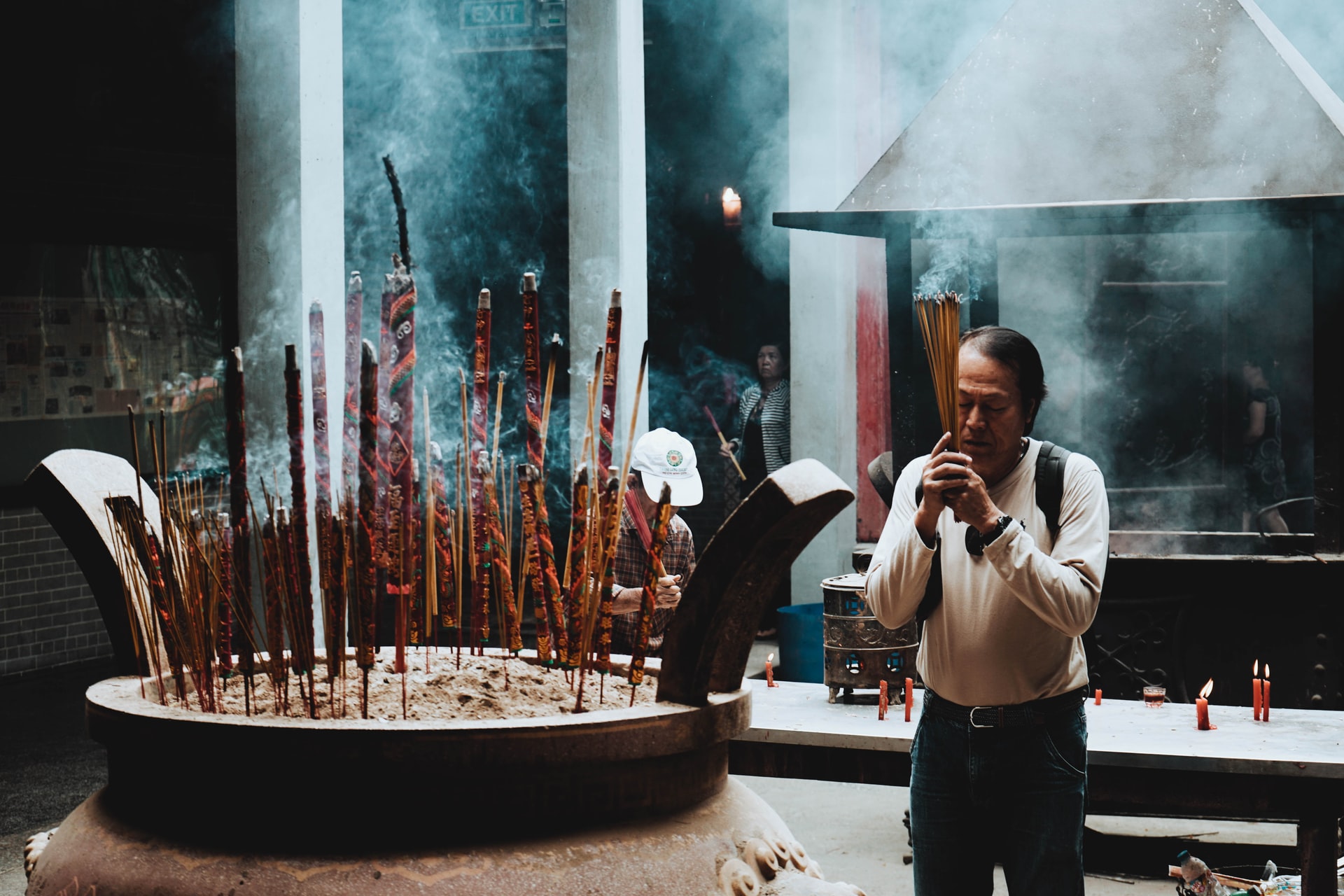In the intricate tapestry of global governance, monarchies stand as enduring symbols of tradition and authority. This exploration delves into the various types of monarchies across the World, examining them within the broader context of political systems and structures. Offering insights into how these age-old institutions adapt to the modern world while maintaining their historical roots, this article seeks to illuminate the complex role of monarchies in contemporary society.
Understanding Monarchy as a Political System
Monarchy, a form of governance with a single individual at the helm, often a king or queen, has a rich tapestry of history. Distinct from other political systems for its hereditary leadership and often lifetime tenure of the sovereign, monarchies range from absolute power to purely symbolic roles. This section outlines the place of monarchy in the political spectrum and its evolution from absolute rule to modern constitutional forms.
Absolute Monarchies – Total Control in Modern Times
In an absolute monarchy, the monarch wields unrestricted power. Countries like Saudi Arabia exemplify this form, Where the king’s decree is law. This segment explores the characteristics, examples, and political implications of absolute monarchies, discussing how they fit into today’s world, their governance, and the Social dynamics they foster.
Constitutional Monarchies – A Blend of Tradition and Democracy
Constitutional monarchies represent a blend of old-world charm and democratic principles, where the monarch’s powers are defined and limited by law. This section examines countries like the United Kingdom and Sweden, where monarchs serve more ceremonial roles, and the real political power resides in elected bodies. It discusses the balance these nations strike between upholding traditions and embracing modern governance.
Ceremonial Monarchies – The Symbolic Role of Monarchs
Ceremonial monarchies take a step back from political power, with monarchs serving primarily as symbols of unity and continuity. This part explores how these figures, often deeply revered, contribute to national identity and cultural continuity, providing stability and a sense of continuity amidst the changing tides of politics.
The Transition of Monarchies in the Modern World
Monarchies are not static; they have undergone significant transformations. This section analyzes the shift from omnipotent rulers to constitutional figures, examining the forces driving these changes, including globalization, democratic ideals, and internal reforms. It also speculates on the future of monarchies, pondering whether they will continue to adapt or slowly become relics of the past.
Monarchies and Cultural Identity
Monarchies often hold the key to national heritage and identity. This segment delves into how monarchs play a crucial role in preserving traditions and customs, acting as custodians of a nation’s history and culture. It discusses the cultural responsibilities of monarchs and the ways in which they help foster a sense of pride and unity among their people.
Critique and Controversy Surrounding Monarchies
Despite their allure and history, monarchies are not without their critics. This section discusses the controversies and criticisms often leveled at monarchic systems, from debates over their economic impact to questions about their relevance in a democratic age. It presents a balanced view of the ongoing debates about the efficiency, fairness, and future of monarchies.
Conclusion
Monarchies, with their diverse forms and functions, remain a fascinating and integral part of the world’s political systems and structures. As they balance tradition with modernity, they continue to adapt, offering a unique lens through which to view the past, present, and future of governance. This article has journeyed through the various types of monarchies, shedding light on their roles, evolution, and the debates they inspire, reflecting the enduring intrigue and complexity of these age-old institutions.





